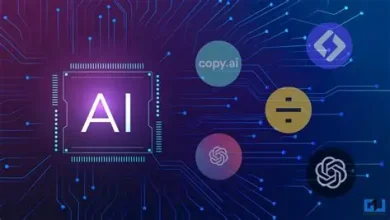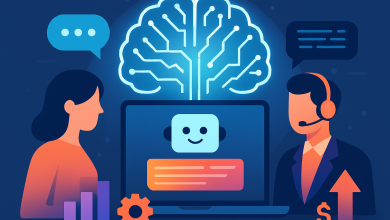
Today, more than 70% of IT and services are partner-delivered, and Forrester predicts that the next ten years of B2B sales will be “networked,” or characterized by the digitization and growth of commercial webs and partner ecosystems. The market is shifting away from the traditional, direct go-to-market (GTM) strategies. The most strategic partnerships are often the least leveraged assets in your revenue arsenal.
This partnership execution gap significantly hurts the bottom line—deals that could have closed faster, been larger, or won with the right partner attached translates to millions in untapped revenue potential annually.
For revenue leaders, this represents a strategic opportunity beyond conventional AI initiatives. While most organizations are applying AI to traditional sales and marketing functions, forward-thinking leaders are utilizing AI at the intersection of sales and partnerships, where complexity has historically limited scale.
Leading with Frontline AI
Most organizations approach artificial intelligence backwards. They start with technology and hope culture follows. They treat frontline teams as passive recipients of corporate AI strategy. This creates fear, resistance, and inertia that often kills AI initiatives before they can deliver results.
Enter Frontline AI Leadership: this model flips the traditional strategy by empowering the people closest to your customers and revenue to lead AI adoption in their daily workflows. In practice, Frontline Leadership encourages active participation in your company’s AI transformation through a trust-based culture, the promotion of AI literacy and skill development, and cross-organizational collaboration to share AI successes.
With this model in place, companies can overcome the resistance, confusion, and false starts that derail most internal AI initiatives and turn AI into the competitive advantage it’s intended to be.
AI for the Partnership Advantage
Once your team embraces AI in their daily workflows, artificial intelligence becomes the bridge for your organization by eliminating the cognitive burden and empowering your sales teams through augmented partner intelligence.
Picture this: You have a strategic partnership with Microsoft that has the potential to double your deal sizes. Jill, one of your top sales executives, hasn’t leveraged the partnership once in the last few months. Not because she doesn’t see the value, but because of the invisible cognitive burden, or Partner Complexity Tax, that prevents her from capitalizing on this partnership investment.
To realize the benefits of the partnership, Jill must not only understand your and Microsoft’s solutions, but also connect with the right Microsoft contact, know how to get their attention, and navigate their complex deal registration process – all while chasing her quarterly targets.
Now, imagine Jill’s experience replicated across your entire organization’s sales team. This multiplier effect represents a critical point in your organization’s partner maturity where the more essential partnerships become to success, the harder they are to scale effectively. I call this the “Partnership Paradox,” and Steve Lucas, CEO of Boomi, describes it perfectly: “We have close to 20,000 sellers and we have a couple 100 solutions, and the sheer math of training that many people and that many solutions is almost impossible.”
This paradox creates a devastating gap between your partnership investments and actual sales execution. More training and more enablement for your sales team and more resources for your partnering teams won’t solve this problem. As a revenue leader, you need a more effective way to bridge the gap between your partnership strategy and frontline sales execution.
Closing the Sales-Partnership Gap with AI
Unlike broad AI initiatives with ambiguous ROI, partnership intelligence tackles a specific, quantifiable problem: the gap between partnership investment and sales execution. The application is narrow, the data requirements are clear, and the success metrics are tied directly to revenue outcomes.
AI Teammates, trained contextually on each individual partner’s GTM content (webinars, training materials, past use cases, and branded content), create an accessible knowledge base for sales teams. With streamlined access to information about partners, their solutions, and past successes, sellers can leverage the right partner at the right time.
The “Partner Advantaged Sales Process” combines today’s AI capabilities with the demand for partner-led growth by incorporating AI directly into the sales framework. As demonstrated by early adopters, this approach enables sales teams to close bigger deals, win more often, and access new buying centers without the distractions that take them away from their core selling activities.
1+1=3: Combining Leadership and Technology for Revenue Impact
The Partner Advantage already contributes to higher revenue with measurable increases in pipeline, win rates, and deal size. When amplified by AI-powered partnership technology, organizations can experience multiplied growth within their partner ecosystem.
Partner-delivered technology is quickly becoming the norm, and tomorrow’s winners will be the organizations that eliminate the Partner Complexity Tax, adopt the Frontline AI Leadership model, and equip their teams with AI-powered partnership intelligence. This unique approach combines the strengths of human relationship skills with AI’s cognitive processing power and a culture that fosters AI success.
The revenue leader’s imperative is clear: those who move decisively to implement Frontline AI for partnerships will establish a competitive advantage, while those who wait will be left behind.





